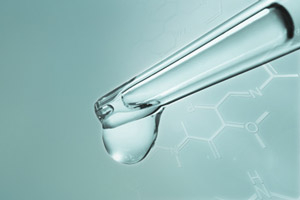
Perilipin-Mediated Lipid Droplet Formation in Adipocytes Promotes Sterol Regulation
Dec 27, 2015 by Reddot Biotech Inc.Sterol regulatory element-binding protein-1 (SREBP-1) has been thought to be a critical factor that assists adipogenesis. During adipogenesis SREBP-1 stimulates lipogenic gene expression, and peroxisome proliferator-activated receptor γ (PPARγ) enhances perilipin (plin) gene expression, resulting in generating lipid droplets (LDs) to store triacylglycerol (TAG) in adipocytes. Plin coats adipocyte LDs and protects them from lipolysis. Here we show in white adipose tissue (WAT) of plin?/? mice that nuclear active SREBP-1 and its target gene expression, but not nuclear SREBP-2, significantly decreased on attenuated LD formation. When plin?/? mouse embryonic fibroblasts (MEFs) differentiated into adipocytes, attenuated LDs were formed and nuclear SREBP-1 decreased, but enforced plin expression restored them to their original state. Since LDs are largely derived from the endoplasmic reticulum (ER), alterations in the ER cholesterol content were investigated during adipogenesis of 3T3-L1 cells. The ER cholesterol greatly reduced in differentiated adipocytes. The ER cholesterol level in plin?/? WAT was significantly higher than that of wild-type mice, suggesting that increased LD formation caused a change in ER environment along with a decrease in cholesterol. When GFP-SREBP-1 fusion proteins were exogenously expressed in 3T3-L1 cells, a mutant protein lacking the S1P cleavage site was poorly processed during adipogenesis, providing evidence of the increased canonical pathway for SREBP processing in which SREBP-1 is activated by two cleavage enzymes in the Golgi. Therefore, LD biogenesis may create the ER microenvironment favorable for SREBP-1 activation. We describe the novel interplay between LD formation and SREBP-1 activation through a positive feedback loop.